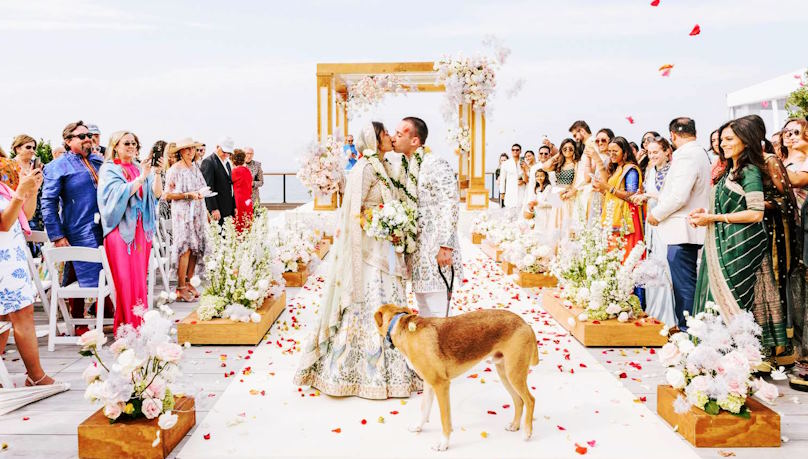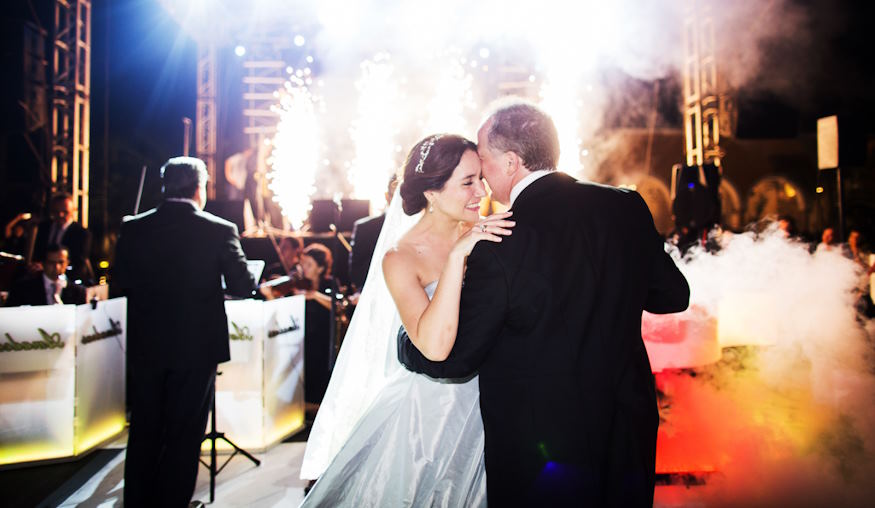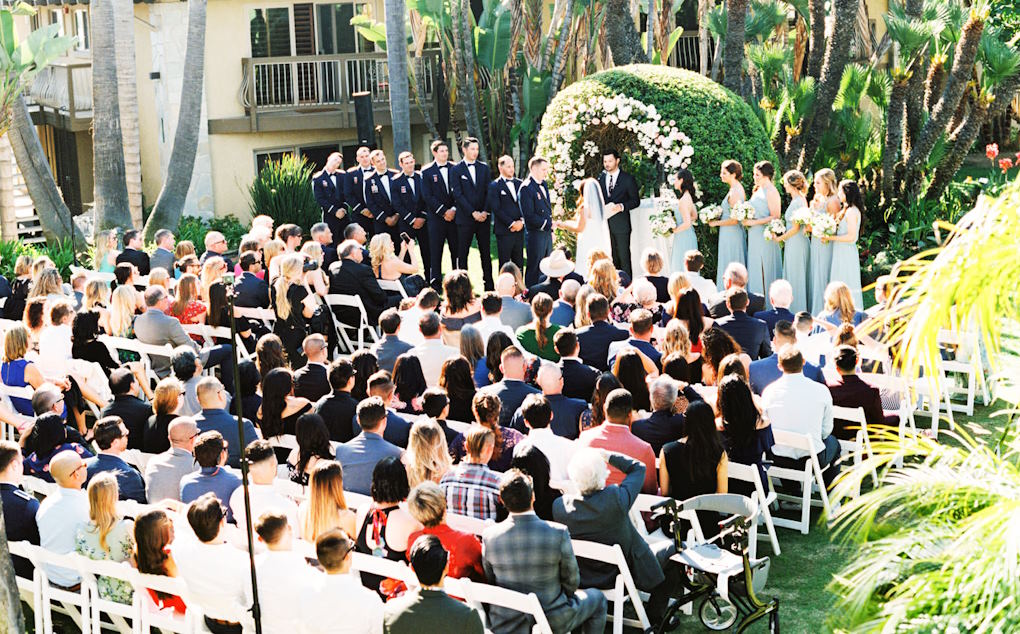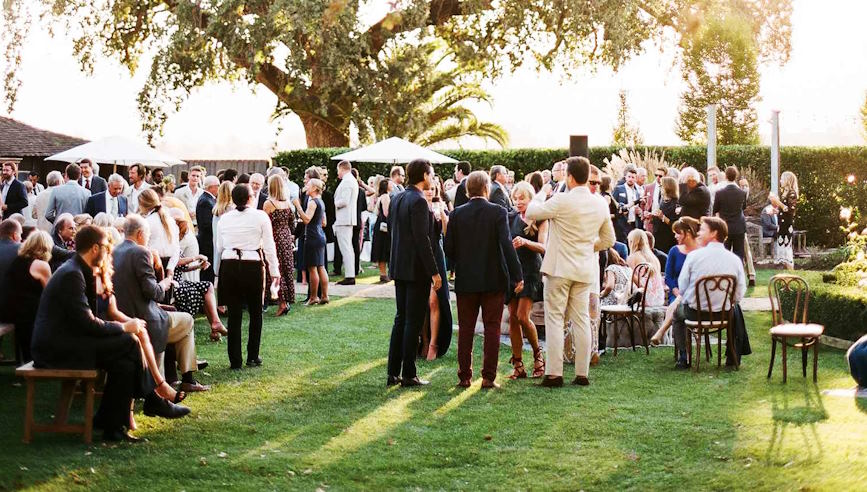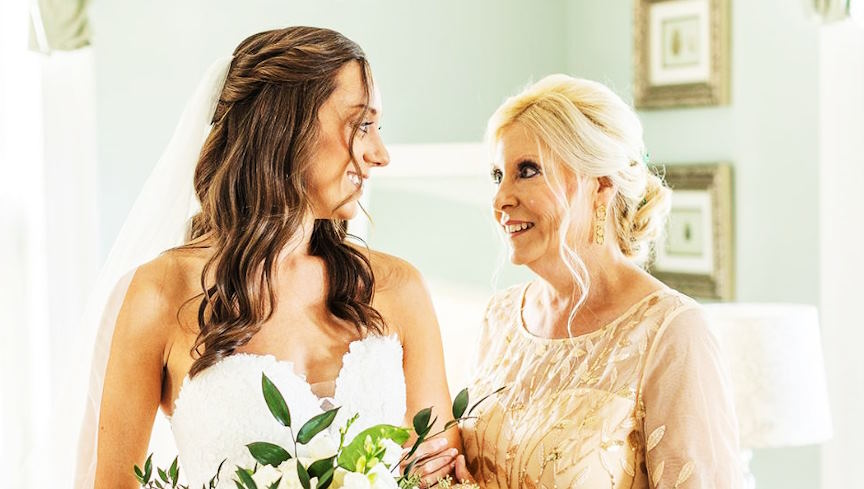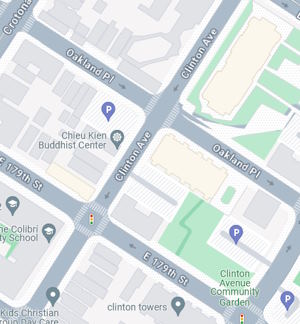Have you ever wondered how to celebrate love in a way that respects and honors both you and your partner’s cultural backgrounds? Planning a culturally inclusive wedding can feel like a beautiful dance, where every step is a nod to your shared and individual traditions. It’s about finding that perfect rhythm between two cultures, ensuring that every moment of your special day resonates with both families.
Open Communication
Now that you have a good grasp of the traditions, it’s time to have an open conversation with your partner and your families. This step is crucial because it sets the stage for a collaborative planning process. Have you ever tried to build something without a blueprint? It’s almost impossible! Similarly, planning a culturally inclusive wedding requires clear communication and a shared vision.
Sit down with your partner and discuss your cultural expectations. What traditions are non-negotiable for each of you? What aspects are you willing to compromise on? These conversations can sometimes be challenging, especially if there are strong opinions on both sides. But remember, the goal is to find common ground and create a celebration that reflects both of your heritages.
For example, if one family insists on a traditional ceremony, while the other prefers a modern approach, find ways to blend these elements. You could have a traditional ceremony followed by a modern reception. This way, both sides feel respected and included.
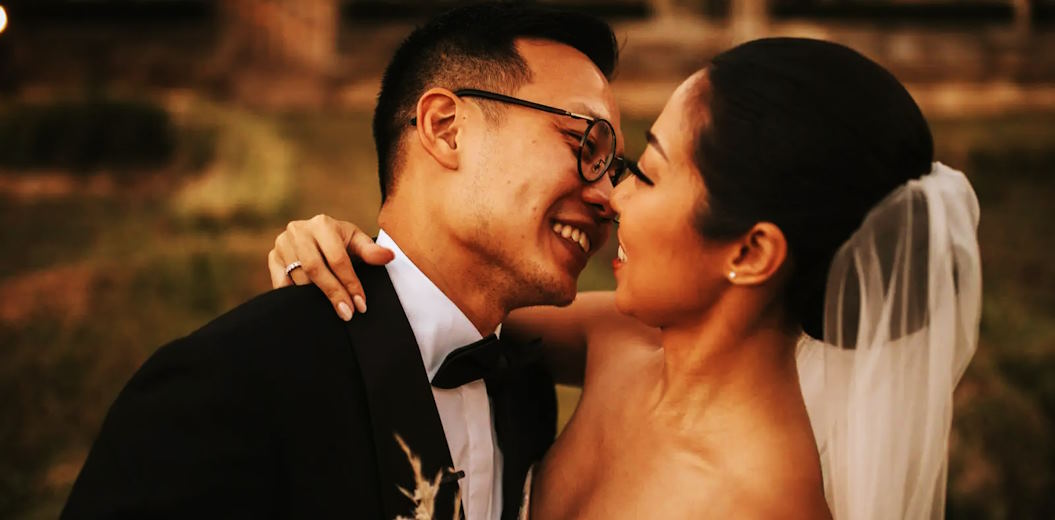
Blending Traditions
Once you’ve had these discussions, it’s time to get creative with blending traditions. Think of your wedding as a beautiful mosaic, where each piece represents a different aspect of your cultures. How do you arrange these pieces to create a harmonious whole?
One strategy is to combine elements from both cultures into single events. For example, you could wear a traditional western wedding dress for the ceremony and change into cultural attire for the reception. Or, you might start the ceremony with a ritual from one culture and end it with a ritual from the other.
Another approach is to alternate traditions throughout the day. Perhaps you start with a cultural welcome ceremony, followed by a traditional wedding march. During the reception, you could incorporate dances and music from both cultures, ensuring that everyone gets a taste of each tradition.
Inclusive Ceremony Elements
The ceremony is the heart of your wedding, and it’s essential to make it as inclusive as possible. This means thinking about ways to incorporate rituals, languages, and symbols from both cultures.
Consider having a bilingual officiant who can conduct the ceremony in both languages. This not only makes the ceremony more inclusive but also ensures that all guests can understand and appreciate the proceedings. You can also include symbolic rituals from both cultures. For example, you might perform a handfasting ceremony, where your hands are tied together with ribbons, symbolizing your union, alongside a traditional cultural blessing.
Using inclusive language and practices is also crucial. Make sure your vows and any readings reflect both cultures. This could be as simple as including a quote or a poem from each tradition. The goal is to ensure that the ceremony feels balanced and respectful to both sides.
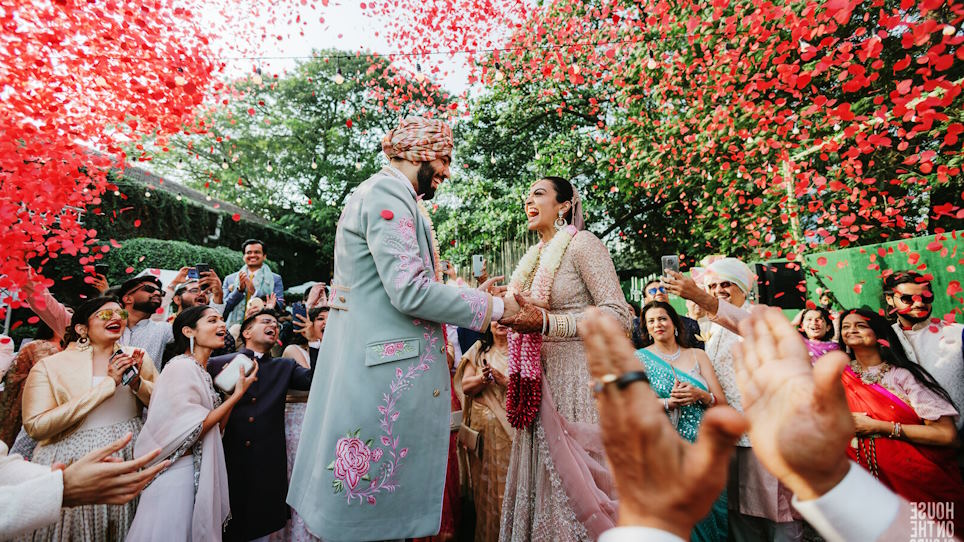
Food and Entertainment
Food and entertainment are central to any wedding, and they offer a fantastic opportunity to celebrate both cultures. Have you ever noticed how food has a way of bringing people together? It’s a universal language that everyone understands and enjoys.
When planning your menu, consider incorporating dishes from both cultural backgrounds. A fusion menu can be a delightful way to introduce your guests to new flavors while honoring your heritage. For example, you might serve traditional western appetizers alongside cultural main dishes. Or, you could have a dessert table that features sweets from both cultures.
Entertainment is another area where you can blend traditions. Think about incorporating music and dances from both cultures. You could hire a band or a DJ who can play a mix of cultural and contemporary music. Additionally, consider having performances that showcase traditional dances or music. This not only adds to the celebration but also gives your guests a deeper appreciation of your cultures.
Guest Experience
Ensuring that your guests feel welcome and included is essential for a culturally inclusive wedding. Imagine being a guest at a wedding where you don’t understand the customs or the language—it can feel quite isolating. You want your guests to feel comfortable and engaged throughout the celebration.
One way to achieve this is by providing cultural context. Include explanations of the different traditions in your wedding program or have the officiant give a brief overview during the ceremony. This helps guests understand and appreciate the significance behind each ritual.
You can also suggest cultural attire for your guests. For example, if traditional clothing is important in your culture, let your guests know in advance and provide tips on where they can find appropriate outfits. This not only adds to the festive atmosphere but also makes your guests feel like they are a part of the celebration.

